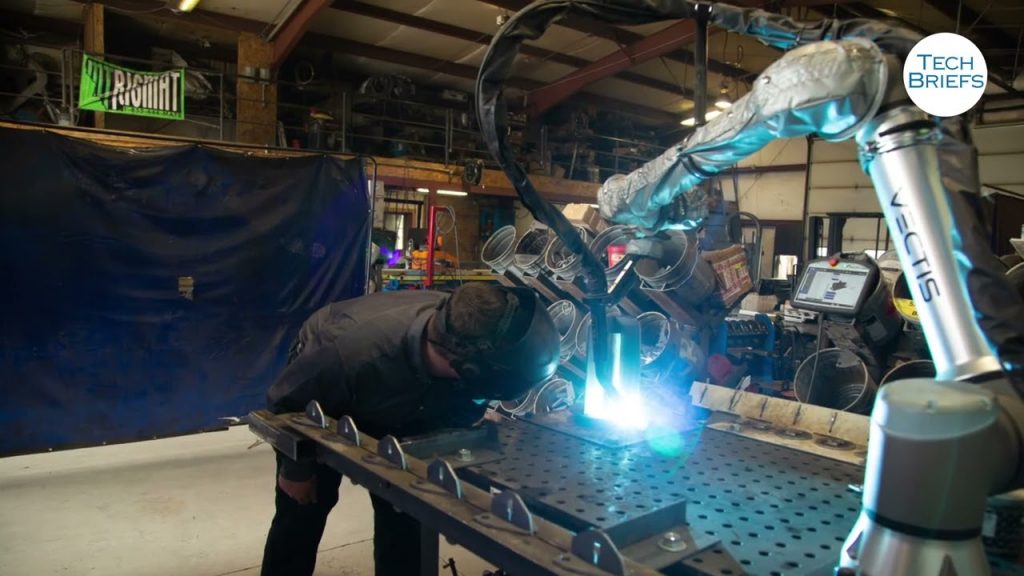Collaborative Robots (Cobots) Continue to Revolutionize Industrial Applications
Introduction:
Collaborative robots, also known as cobots, have emerged as a game-changer in the field of industrial automation. These advanced robots are designed to work alongside humans, assisting in various tasks and significantly improving productivity. With their ability to take over monotonous, hazardous, and physically demanding jobs, cobots have proven their effectiveness across a wide range of industrial applications. In this article, we will delve into the industrial robot applications and explore four specific areas where collaborative robots have made a significant impact.
Industrial Robot Applications:
1. Assembly Line Automation:
Cobots have revolutionized assembly line automation by seamlessly integrating with existing production systems. With their precision and flexibility, cobots are capable of performing repetitive assembly tasks with utmost accuracy. This not only reduces human errors but also increases the overall production speed. By incorporating collaborative robots into assembly lines, manufacturers can optimize their operations, improve efficiency, and meet the increasing demands of the market.
2. Quality Control and Inspection:
Maintaining consistent quality standards is crucial for any manufacturing process. Collaborative robots excel in quality control and inspection tasks, ensuring that products meet the specified standards. Equipped with advanced sensors and vision systems, cobots can swiftly identify defects, measure dimensions, and perform thorough inspections. By automating these processes, manufacturers can minimize the chances of errors, reduce waste, and deliver products with superior quality.
3. Material Handling:
Material handling is a physically demanding and repetitive task that often leads to worker fatigue and injuries. Collaborative robots offer a safe and efficient solution for material handling applications. These robots can lift heavy loads, transport materials, and place them accurately with precision. By taking over these dull and strenuous tasks, cobots not only enhance productivity but also improve worker safety and well-being.
4. Packaging and Palletizing:
Packaging and palletizing operations require speed, accuracy, and consistency. Collaborative robots have proven to be highly effective in these applications, significantly reducing the time and effort required. Cobots can precisely pack products, arrange them on pallets, and even optimize the use of space for efficient storage and transportation. By automating packaging and palletizing processes, manufacturers can streamline their operations, minimize errors, and meet the ever-growing customer demands.
Conclusion:
The industrial applications of collaborative robots are diverse and continually expanding. From assembly line automation to quality control, material handling, and packaging, cobots have become an indispensable part of modern manufacturing. The integration of these advanced robots has not only improved productivity but also enhanced worker safety and overall operational efficiency. As industries continue to evolve, collaborative robots will play a pivotal role in meeting the increasing demands and challenges of the future.
Check the coil packing solution with a leading manufacturer for a professional solution here. Industrial Robot
"Revolutionizing Industries: Unveiling the Power of Collaborative Robots and Industrial Robotics"






